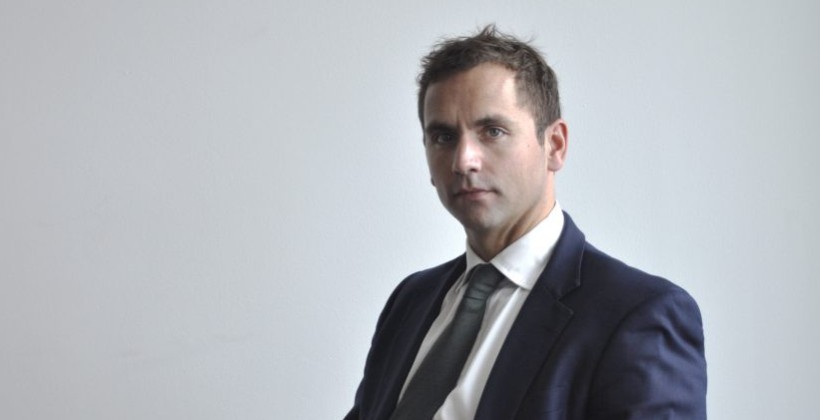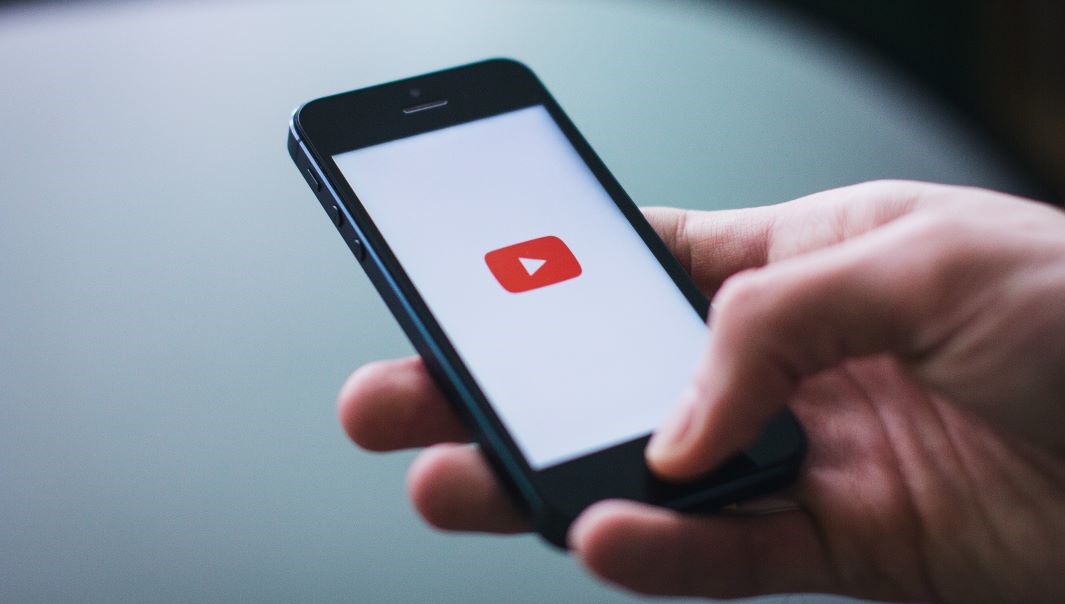The announcement last month that Sky’s parent company Comcast and ViacomCBS will launch a joint subscription service in Europe, SkyShowtime, was a headline grabber. But deals agreed by Sky earlier in the month, which bring streaming services from Comcast and ViacomCBS into Sky’s own products, are perhaps equally important, and fit into Sky’s long-term strategy.
In his monthly column for VideoWeek, Ian Whittaker explains why Sky’s new role as a distributor of streaming services makes sense, given uncertainty over the future of the pay TV market.
The Wall Street Journal ran an interesting piece recently about Sony and its decision not to enter the streaming wars but, as the WSJ described their choice, to be the instead the “biggest arms dealer on the battlefield”. Sony has struck deals with Netflix and Disney on the theatrical front, offering its movies to Netflix post-theatrical runs, with Netflix having first option on Sony’s streaming-exclusive releases. Disney+ meanwhile can show Sony movies post-their runs on Netflix. Sony has also continued its TV deals, with Netflix (again) and HBO, amongst others.
For what it is worth, I think Sony’s strategy is very smart, even if it does not gain the attention of the more ‘glamorous’ streaming services. Sony, put simply, would be in the second tier of streaming services, with not enough original content to attract sufficient mass of subscribers in what is a very competitive market. The likeliest outcome if it had decided to go down the streaming route would be a long number of years where its streaming service would be loss-making and, no doubt, subject to endless reboots. Full marks to Sony for recognising this.
However, there is another company in the space that has taken the right approach when it comes to streaming, and that’s Comcast-owned Sky. Sky has signed two major distribution deals with Comcast itself and Viacom CBS, which will see both the latter’s streaming services available across multiple Sky services, including Sky Q, NowTV and Sky Ticket. For the streaming services involved (and I include the likes of Netflix and Disney+ in this comment), there is a big advantage for being on the Sky platform, giving them both instant access to nearly 20 million subscribers in major markets including the UK, Germany and Italy. What is in it for Sky?
Actually, quite a lot. For a start, the more services that are on Sky Q (and NowTV for that matter), the more it encourages take-up of these services. The majority of Sky’s customer base in the UK is on Sky Q in the UK and Ireland, and the service is being rolled out in Italy and Germany respectively. Therefore, Sky has already made significant steps in transitioning the subscriber base across to Sky Q, which gives it significant advantages (see below), as well as leading to higher ARPU. But the more such services are available on the platform, the more appealing it becomes to customers.
That leads on to the next point, which is having Sky Q as the customer interface for customers who want to multiple services. I think Sky has taken the right decision here. It has decided that the best way to avoid the cord-cutting seen in pay-TV services in the United States is to become the go-to place for all content, which is easy to use for consumers. What Sky has taken on board is that, for most consumers, watching television is a ‘passive’ experience, to enjoy without massive hassle. Consumers want to watch all the fantastic content available on streaming services without the effort of having to flip endlessly between multiple streaming services to find the content they want to watch (and, bear in mind, consumers are unlikely to link their favourite film or TV programme with a specific streaming service in most cases). Sky Q very much plays to this desire. By having all the main streaming apps – Netflix, Disney+, Discovery+, Peacock, and its own upcoming SkyShowtime – Sky gives consumers what they want.
However, there is another major advantage to Sky itself because, in signing these deals, it transforms its own business model to one which is more flexible, more aligned with its customers’ appetites and one that is, essentially, better quality. Previously, Sky would pay for content from the likes of Disney, Discovery and so forth through multi-year, essentially fixed price deals (fixed in terms of sports, with an element of per subscriber fees when it came to film and television content) which made its model more operationally geared – in both directions. That could work to Sky’s advantage in a growing market but, at a time when traditional Pay-TV penetration is flatlining in most (if not all) European countries, the risk with the historic model is that Sky would be left with high fixed costs on a stagnant, or even declining, revenue base. It also meant that Sky was taking a bet on where subscriber numbers would go.
The new model – where Sky Q acts as the portal for the apps – negates most of that risk. With most of the streaming apps (if not Netflix), deals are done on a revenue share basis, where Sky takes a share of the revenues generated from subscribers signing onto services, without Sky being locked into expensive, long-term contracts. Therefore, if fewer people watch Disney+ content, then Sky is no longer stuck with expensive Disney content where it cannot amend the terms of the contract until several years out. All that happens is it gets a lower absolute amount of revenues from the share deals.
So, hats off to Sky. It is a smart strategy and one that may be increasingly copied.
Ian Whittaker is founder and Managing Director of Liberty Sky Advisors. For further insights and articles, subscribe at www.ianwhittakermedia.com





